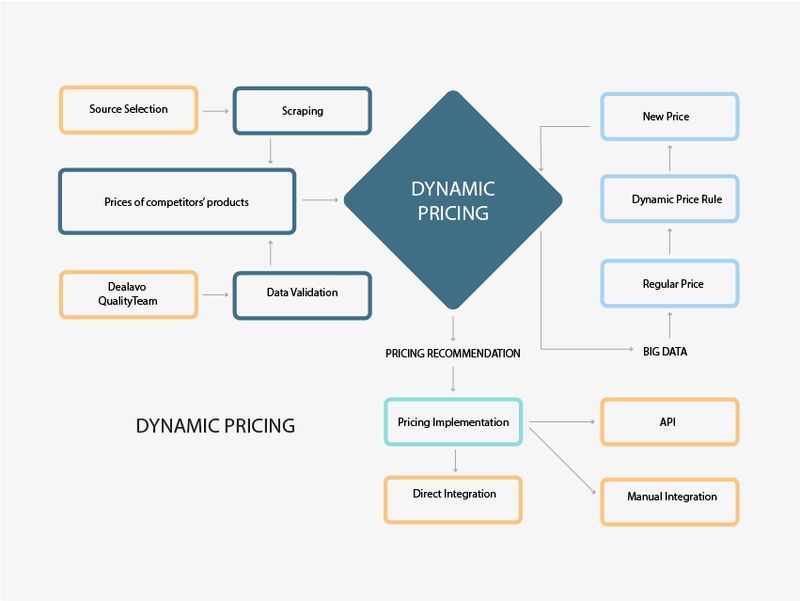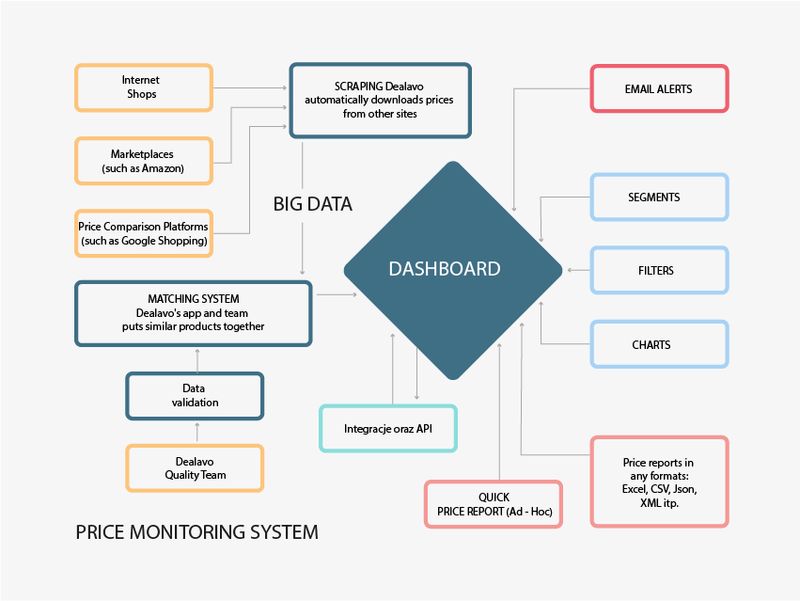and the distribution of digital products.
DM Television
Price management in the e-commerce era: How to do it?

More than 48% of online shoppers abandon their carts before purchasing due to unrealistic pricing. There are countless opportunities to improve sales because 34% of people worldwide shop online every week. Despite the fact that many e-commerce businesses do not manage their prices effectively, we’ve got you covered.
Price management tips in the e-commerce eraLet’s discuss how to effectively implement price management in e-commerce to maximize profits!
Cost based pricingThis pricing method is the most common. People who are just stepping into the world of e-commerce use this method to determine the pricing of their products.
The cost-based pricing technique is very easy. It concentrates on the business side rather than the customer. The business determines the pricing based on the profit it wishes to make. It does not take into account how much buyers are willing to spend.
Competitor based pricingThe second most common and popular e-commerce pricing tactic. To set competitor-based pricing, a company must first conduct some research. To help you collect accurate data, use competitor price tracking tools like Dealavo. This can determine competitor prices while keeping track of market conditions to avoid pricing mistakes.
An e-commerce business must monitor competitor prices for the same product it sells. For example, if your e-commerce store sells bags, you must compare the prices of similar bags by competitors. Check Dealavo’s Price Monitoring Guide.
 Source: Dealavo
Customer based pricing
Source: Dealavo
Customer based pricing
Consumer-based pricing, also known as value-based pricing, combines the previous two concepts, namely cost-based pricing and competitor-based pricing. However, there is a slight difference in this pricing method.
Aside from the cost, business expenses, and average selling price, businesses must evaluate the value they deliver to their customers. The best aspect of this method is that it allows you to charge a good price to your customers without reducing your company’s profits.
Dynamic pricingThis pricing method gives you flexibility. Prices determined using this method are susceptible to vary depending on market demand and supply. A business can raise or lower its product prices based on market competition and supply. If competition has increased or new businesses have entered the market, the prices of the products might be cut to make them more affordable and appealing to buyers.
Similarly, if there is high demand in the market and just a few suppliers meet that demand, a company might raise its pricing. Also, if the company has purchased excess stock and is concerned that it will go out of style, expire, or become damaged, it can sell it at a low price to clear the inventory.
Price history toolsOne of the most effective tools, not many e-commerce businesses use is price history tools. Once you know the importance of these tools, you will know what you have been missing out on. These tools allow e-commerce businesses to track the history of prices and how they changed over time. With the help of these tools, businesses can see how product prices fluctuate and make adjustments accordingly to their advantage.
 Source: Dealavo
Source: Dealavo
By using tools that track price history and different pricing strategies, e-commerce businesses can easily maximize their profits. For accurate pricing, tools like Delavo can be used to implement competitor price tracking and stay ahead of the curve. With proper tools and strategies, you do not have to worry about market saturation or price fluctuations.
Featured image credit: Negative Space/Pexels
- Home
- About Us
- Write For Us / Submit Content
- Advertising And Affiliates
- Feeds And Syndication
- Contact Us
- Login
- Privacy
All Rights Reserved. Copyright , Central Coast Communications, Inc.